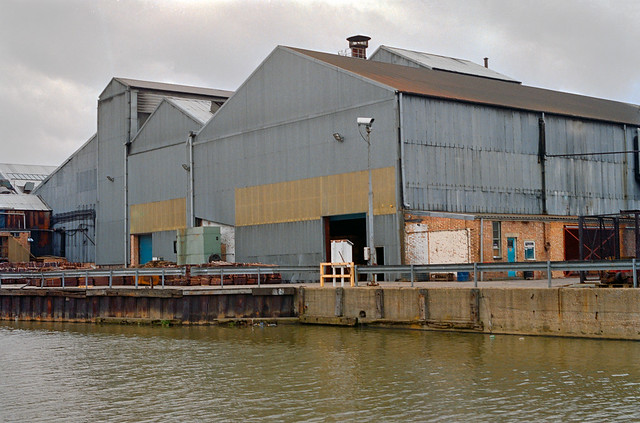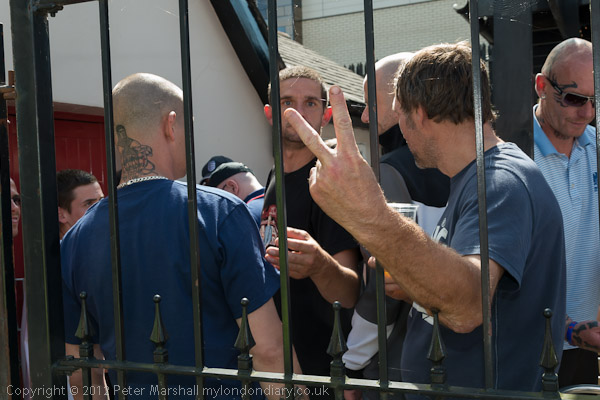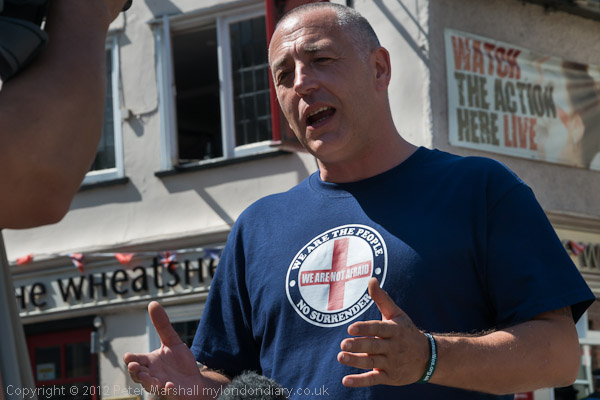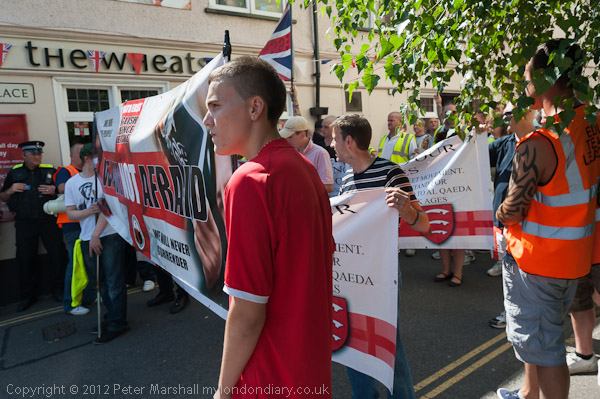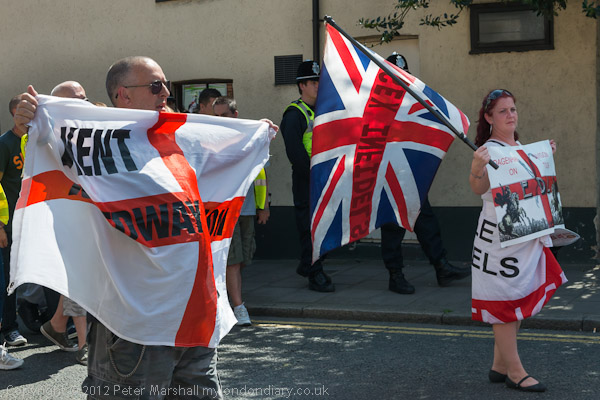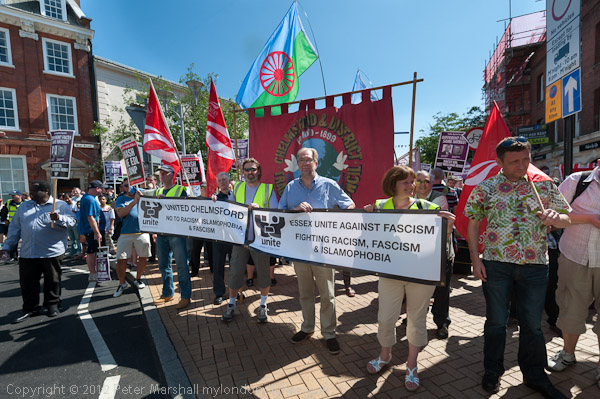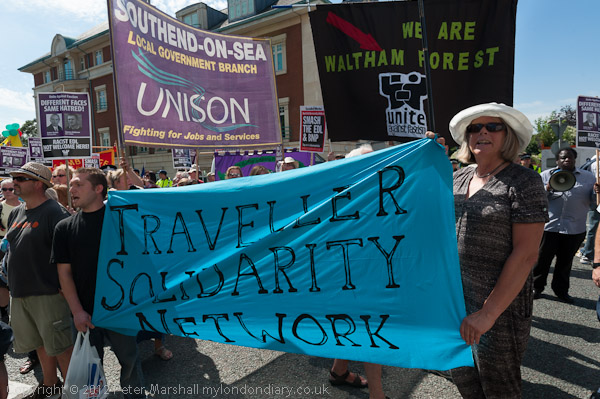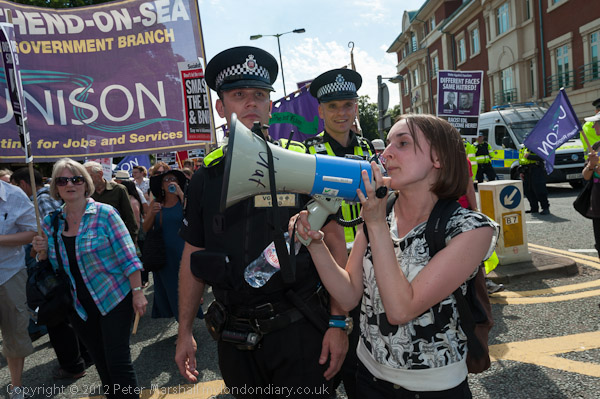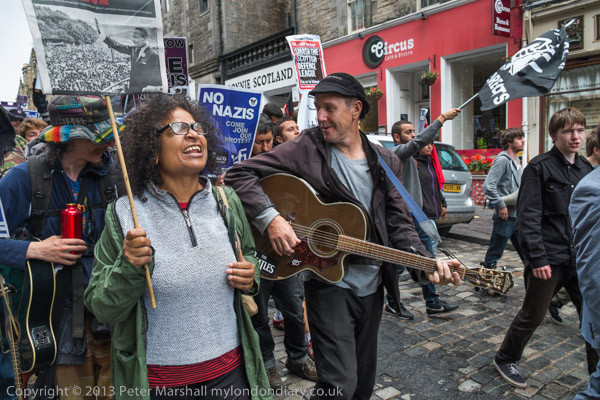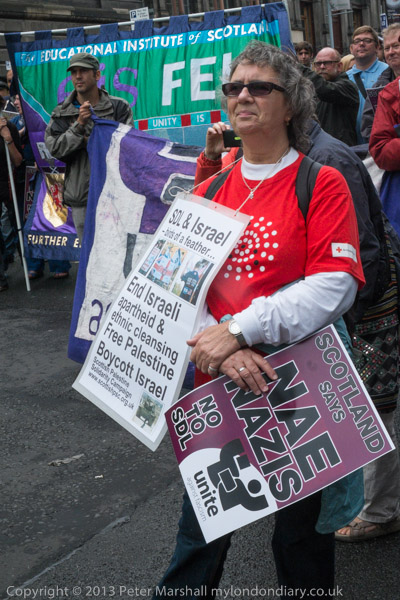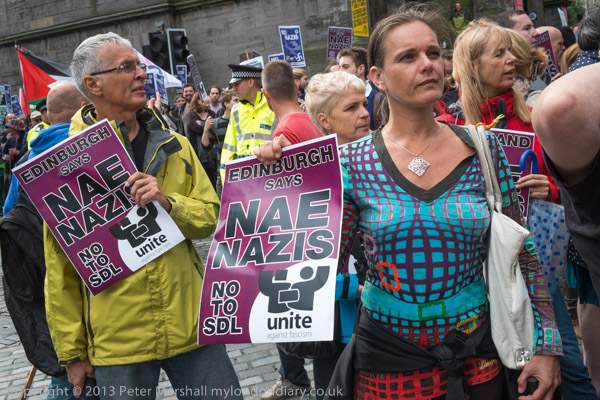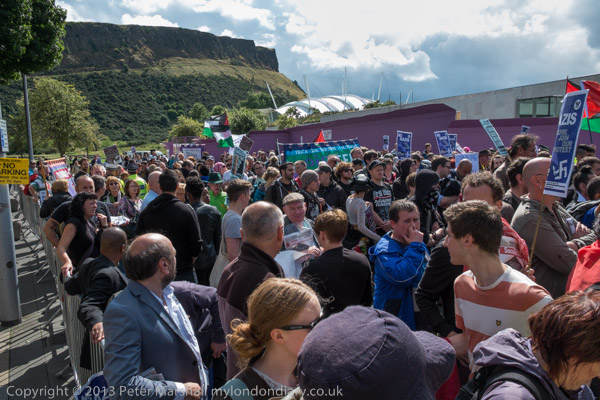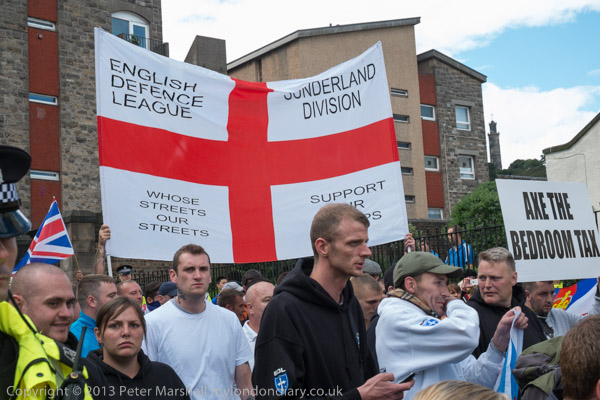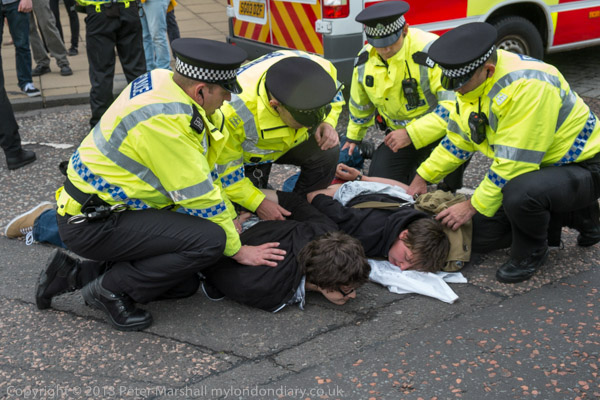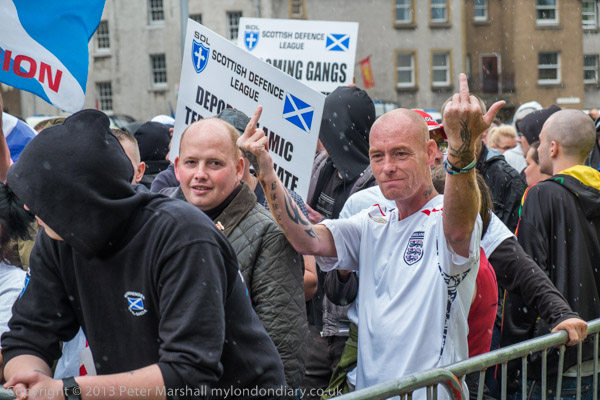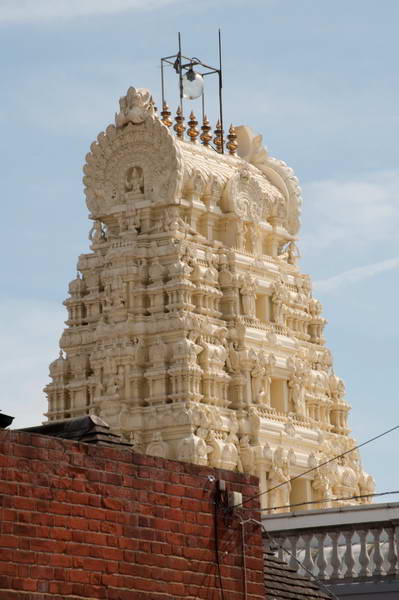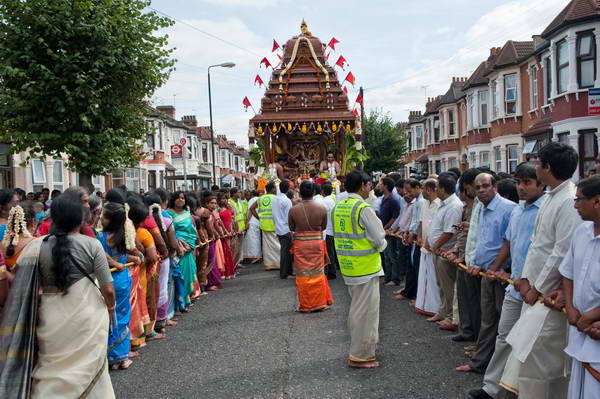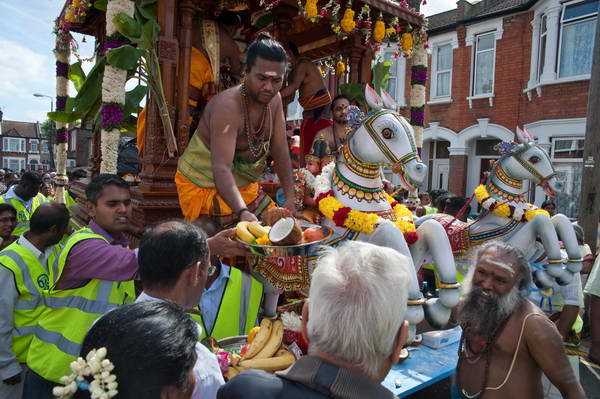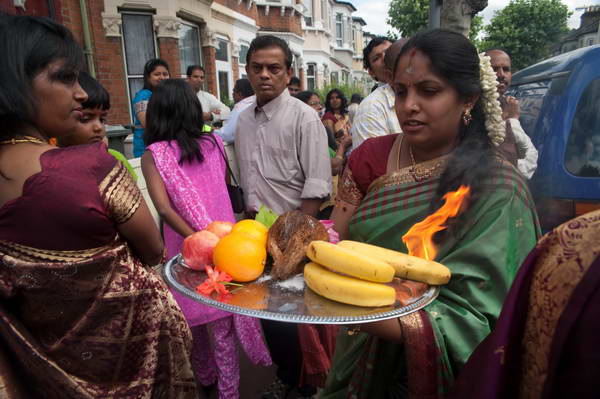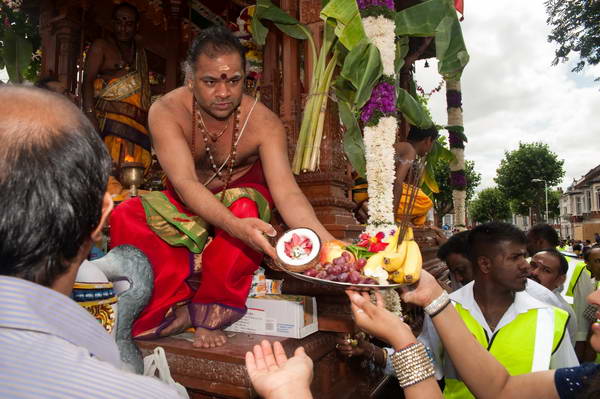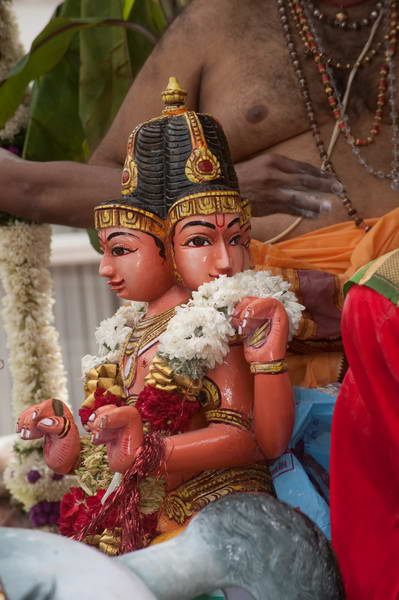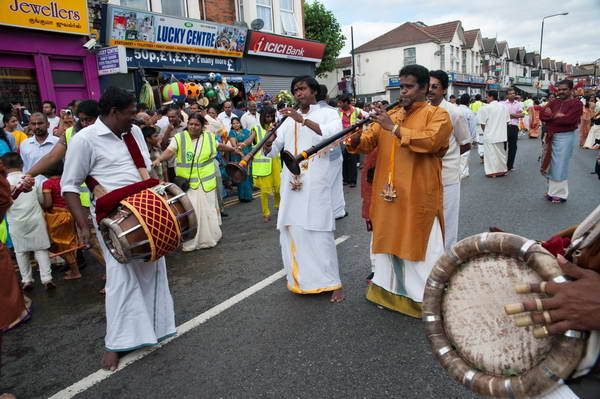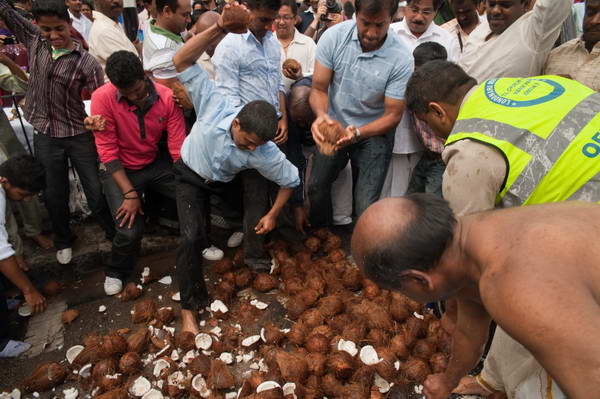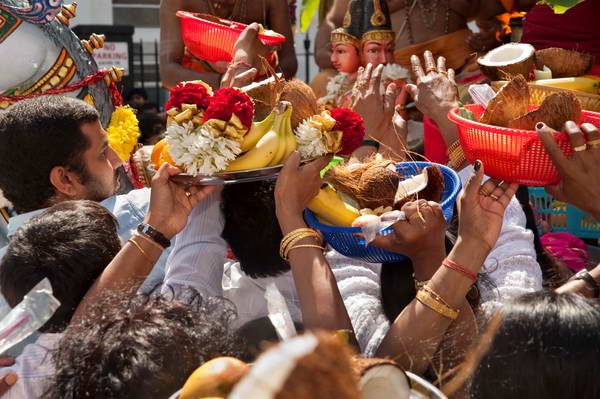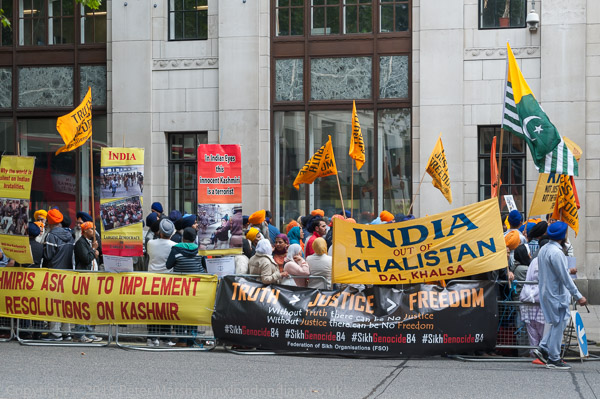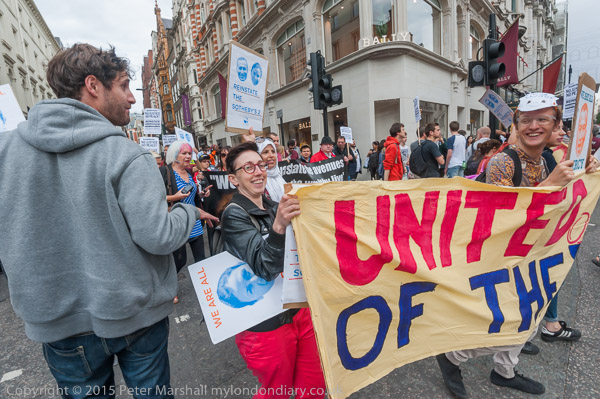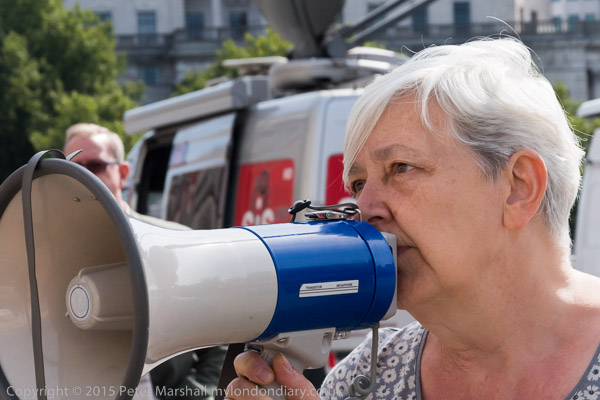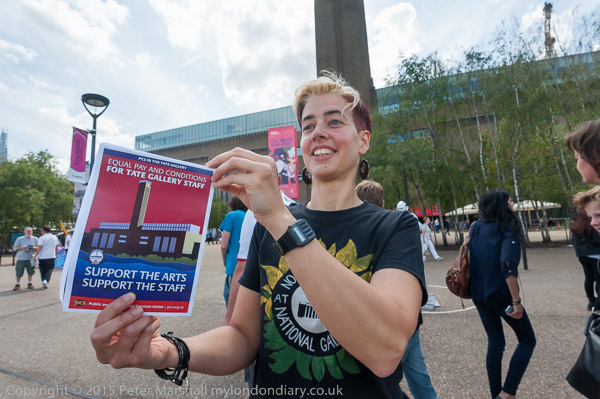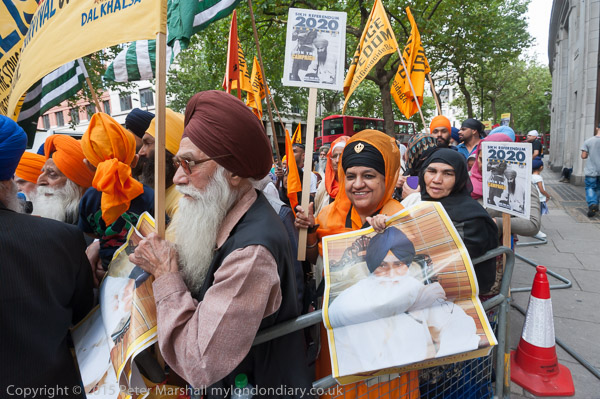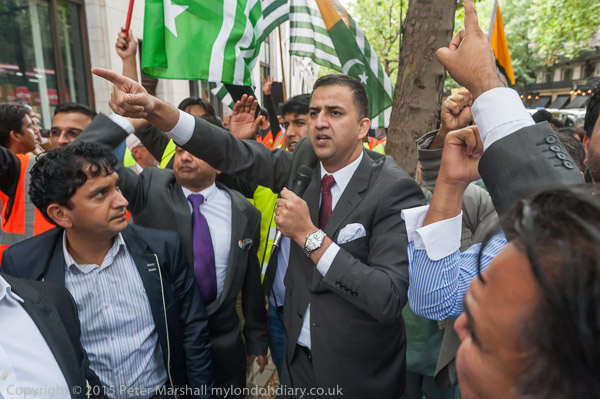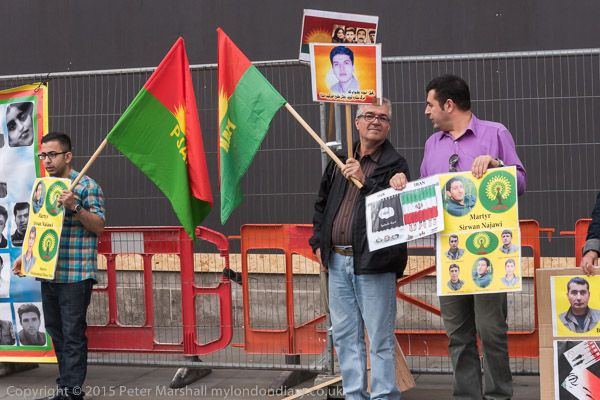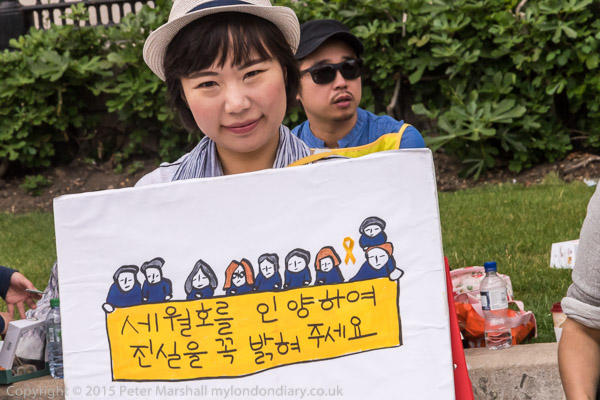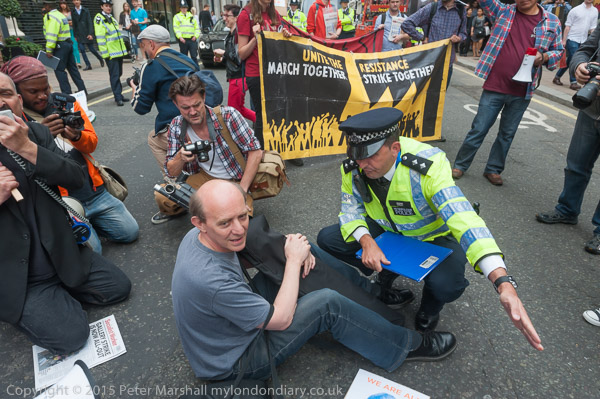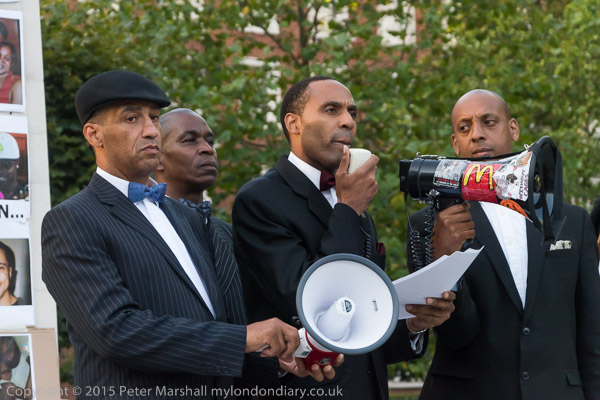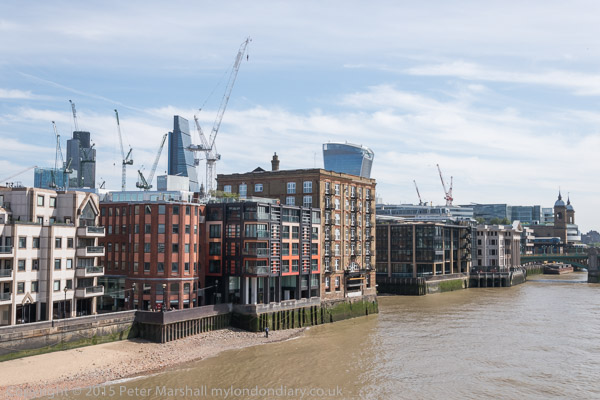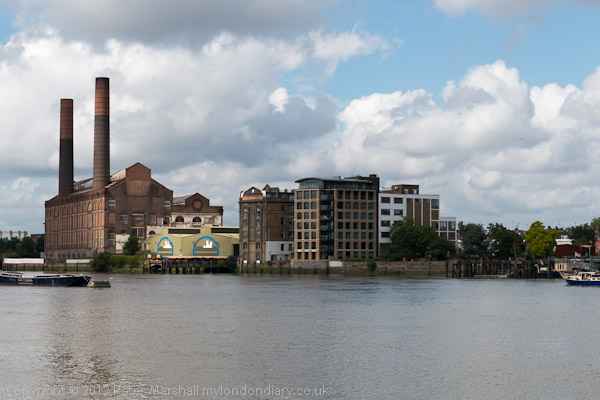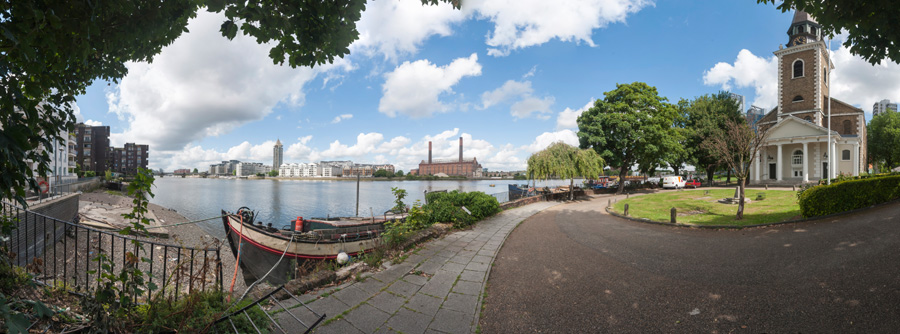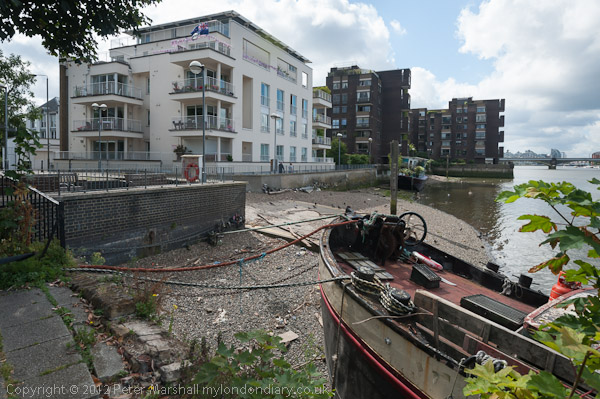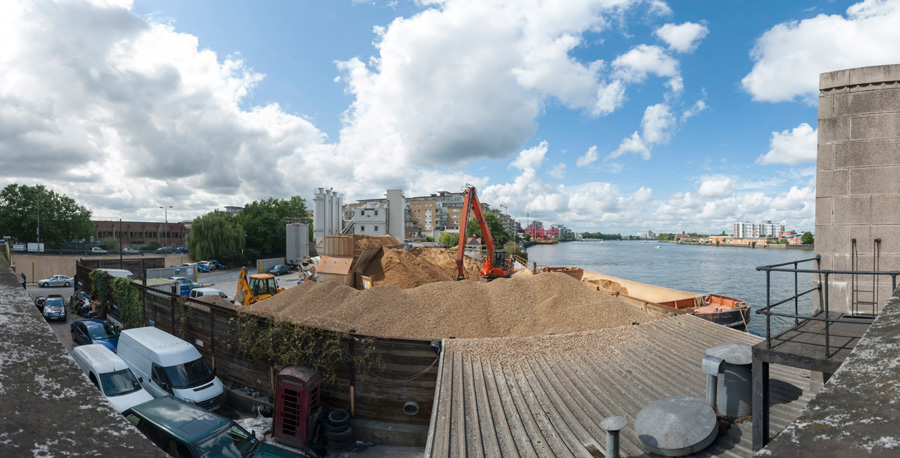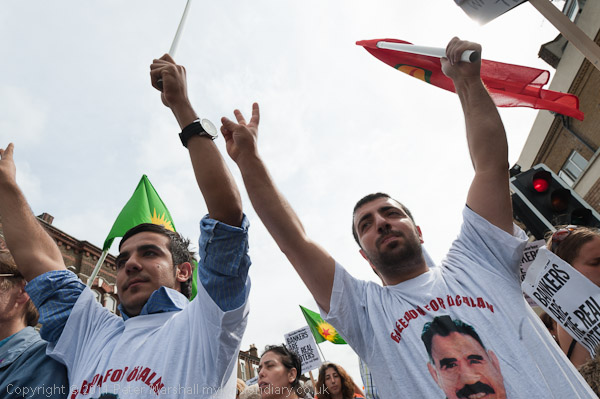Hull 2025 – An Evening Stroll: Last month I realised it was seven years since I had last visited Hull. Too long for a city that played an important part in my life and in my growth as a photographer. So I booked train tickets and a hotel room for a short visit with my Hull-born wife earlier this month.
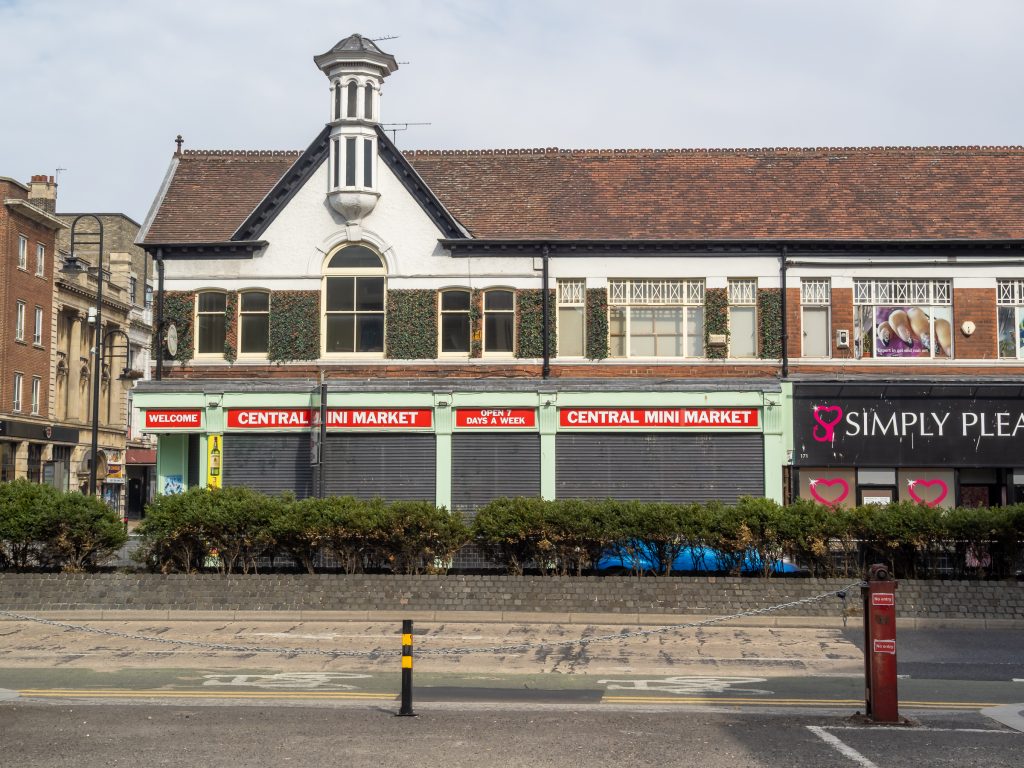
I first visited Hull around 1965, going in some trepidation to meet and stay with my future parents-in-law who lived in a small street of terraced houses around a mile and a half from the city centre.
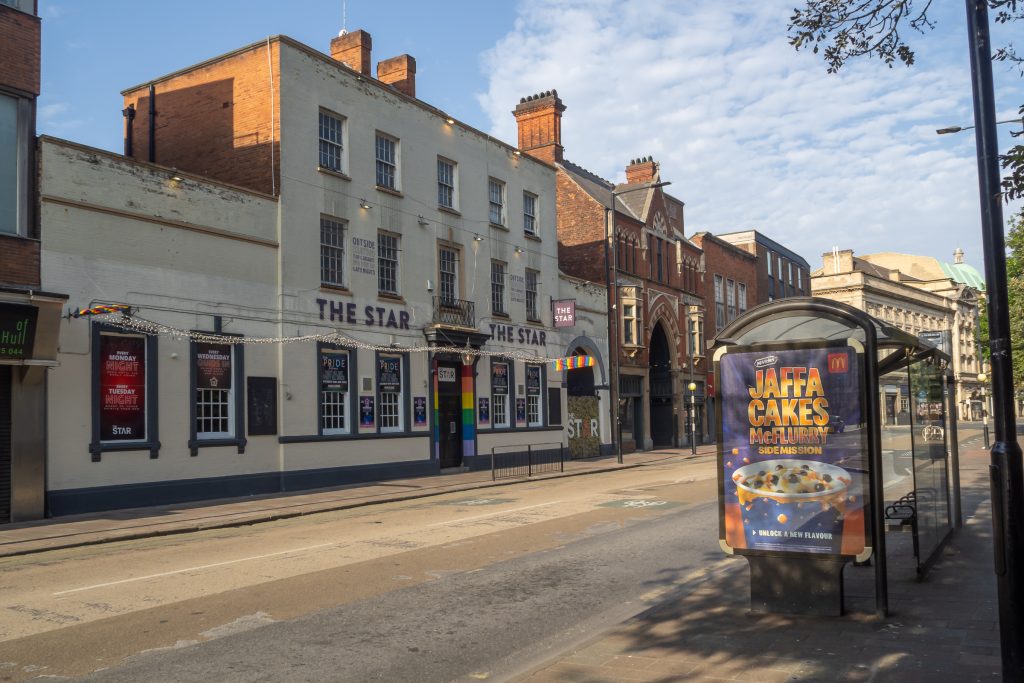
I don’t remember much from that trip, though I think I will have been taken shopping to the city centre and also in to the old town, but it was the first of many visits.
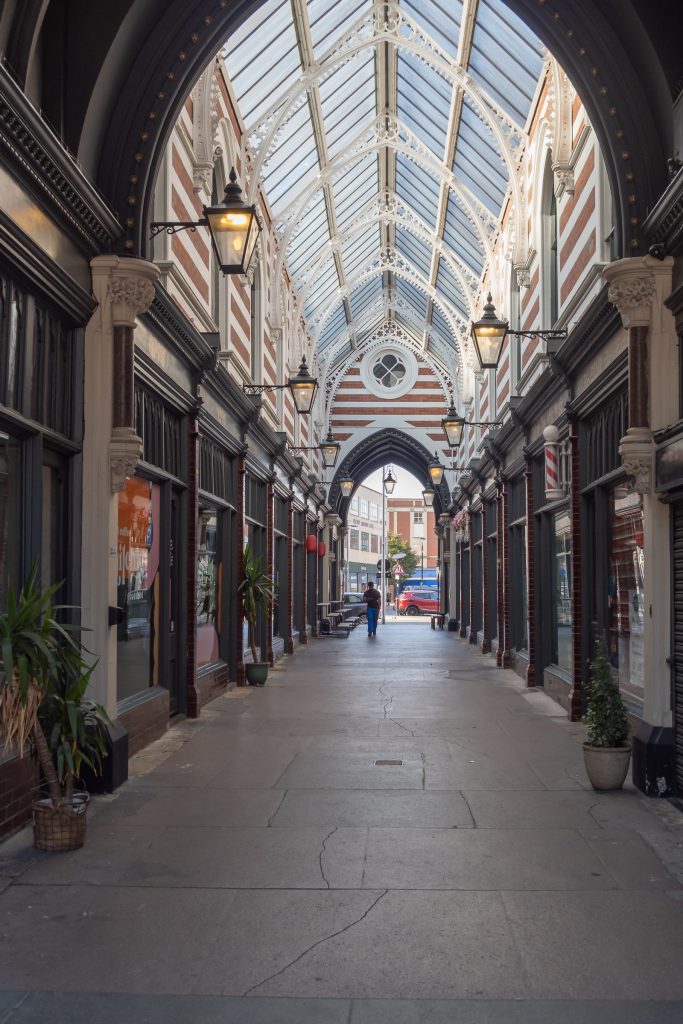
Back in 1965 I was a penniless student and although I had long had an interest in photography and owned a rather basic camera I couldn’t afford to take pictures. It was only a few years later that I learnt how to save costs by developing and printing myself and began actually earning money that I was able to get a cheap camera that worked and began as a photographer.
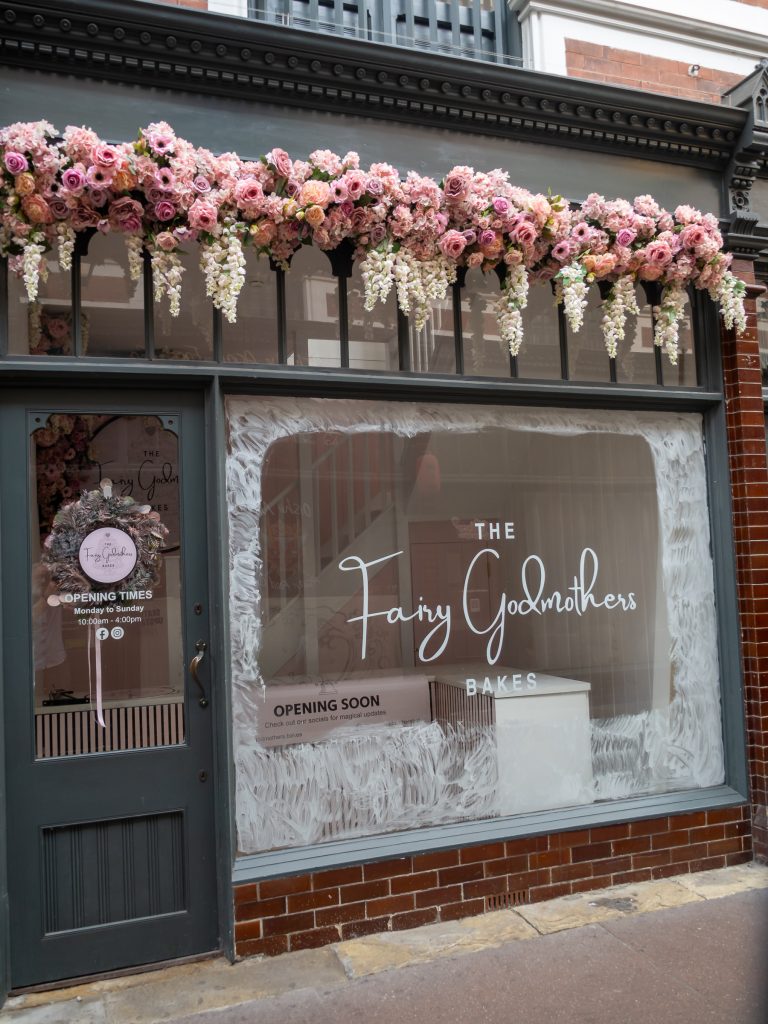
And some of the first real photographs I took were in Hull in the early 1970s. During that decade I was teaching at a large comprehensive with a very heavy workload and had relatively little time to take pictures, except during the school holidays, and we spent quite a lot of those in Hull.
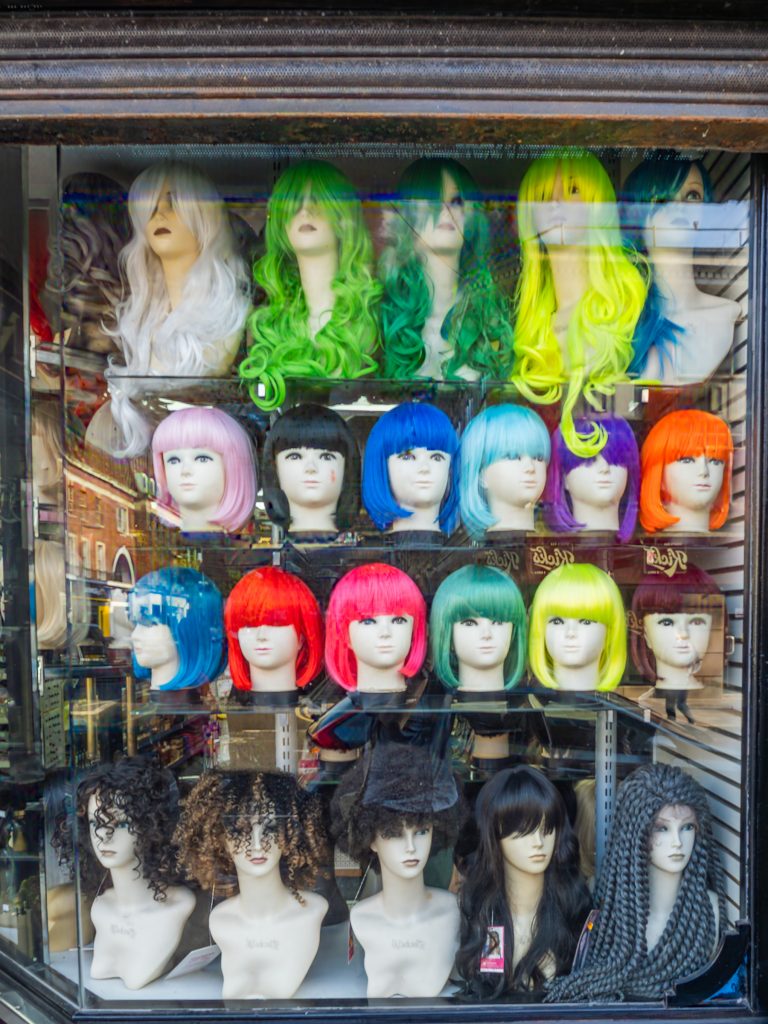
My work in Hull began to take shape as a project concerned with Hull’s heritage and its loss as large areas of the city were redeveloped and much of its traditional industries being lost, including of course the fishing after the final Cod War in 1976.
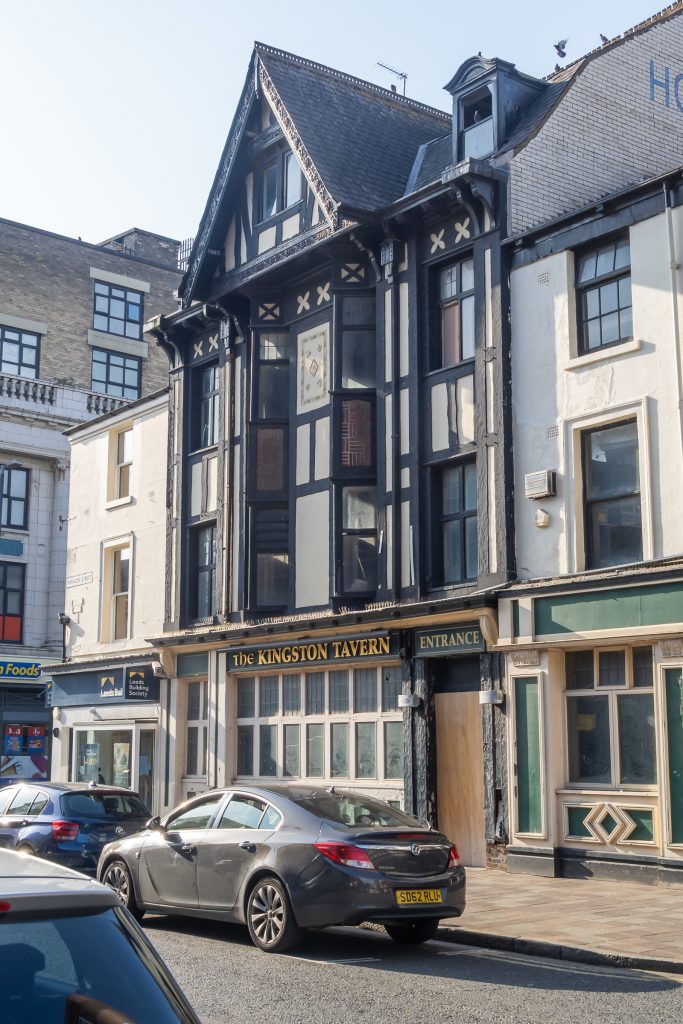
And my first one-person show took place in Hull in 1983 – and much later I produced the book ‘Still Occupied – A View of Hull‘ using the same work and more, one of my first self-published books.
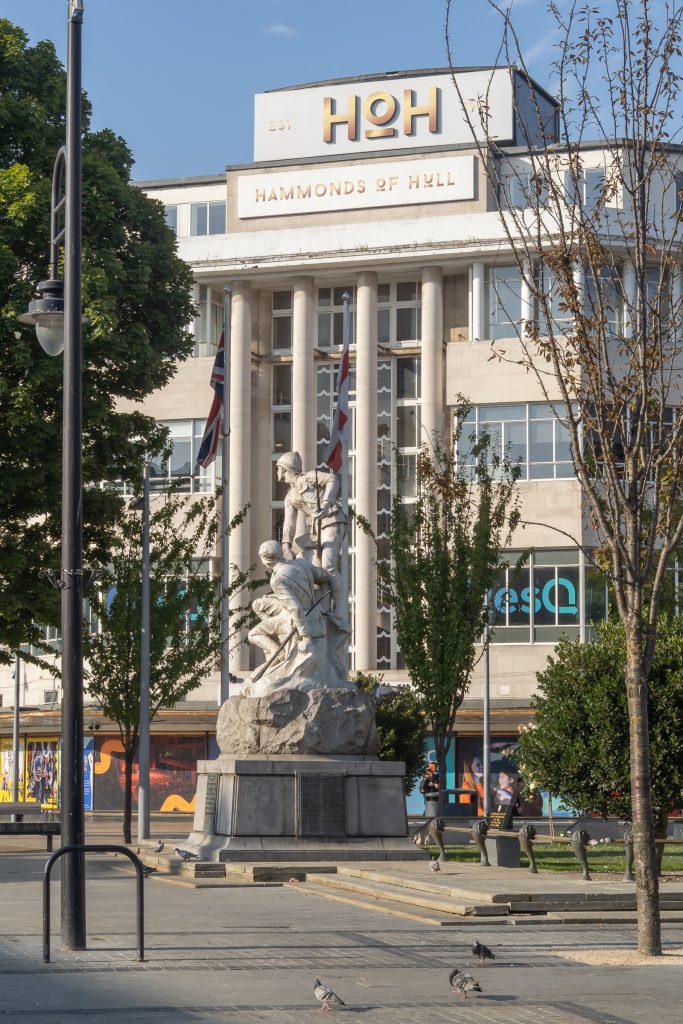
Hull was always a city of culture, with an unusual collection of museums, theatres, artists, poets and music of all types. Its relative isolation from other cities and large towns made it very culturally self-reliant.
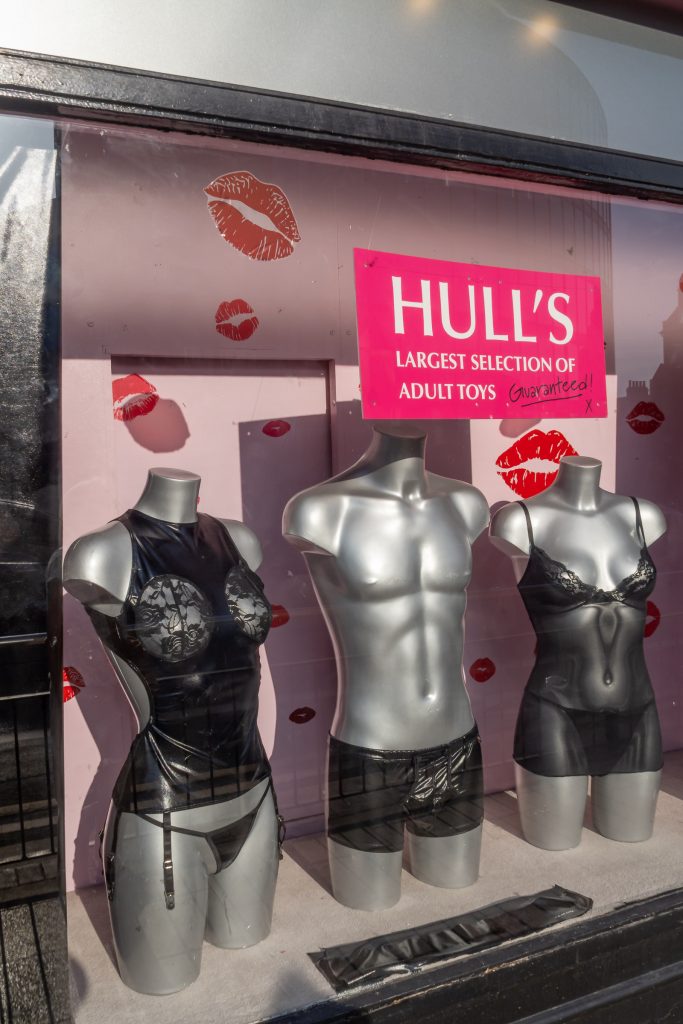
Shamefully when it became the UK City of Culture the huge majority of Hull’s own artists were sidelined, with the event being run by a team who came from London and dominated by events and people with no real link to the city. But some locals responded by doing their own thing as a part of the year – and I set up my Hull Photos web site where I uploaded a new picture of Hull every day throughout the year (and for some time afterwards.)
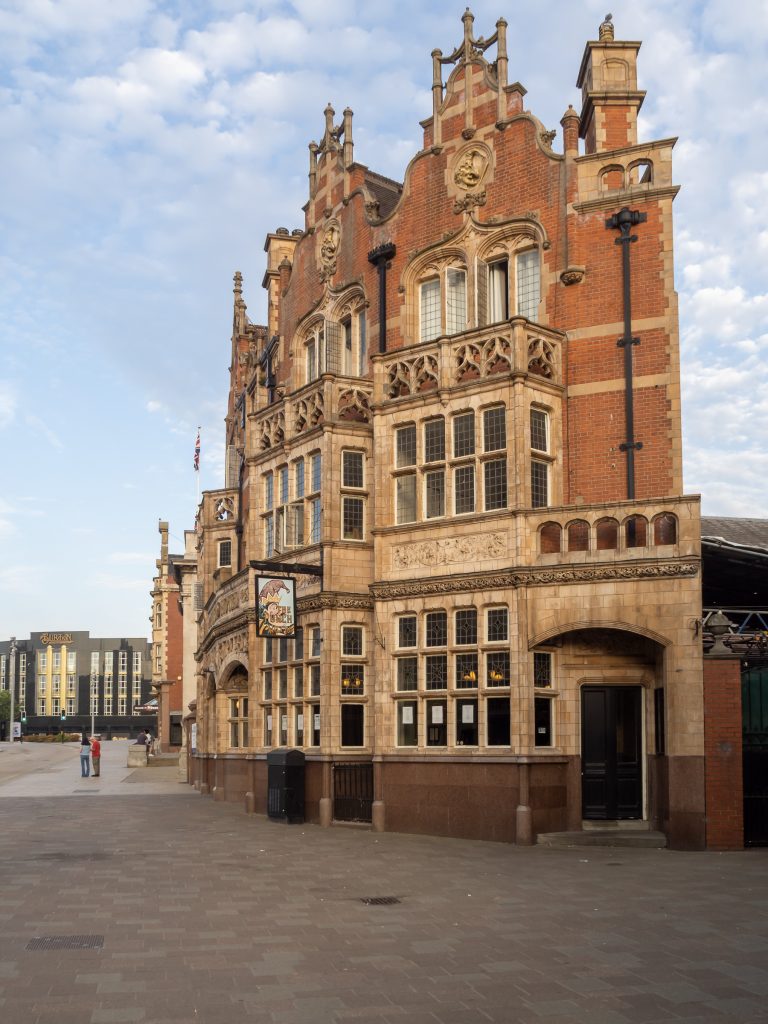
In this short series of posts I’ll share some of my pictures from my visit this month, starting with a couple of posts from our first evening. I haven’t captioned these images – but if you know Hull many will be well-known to you.
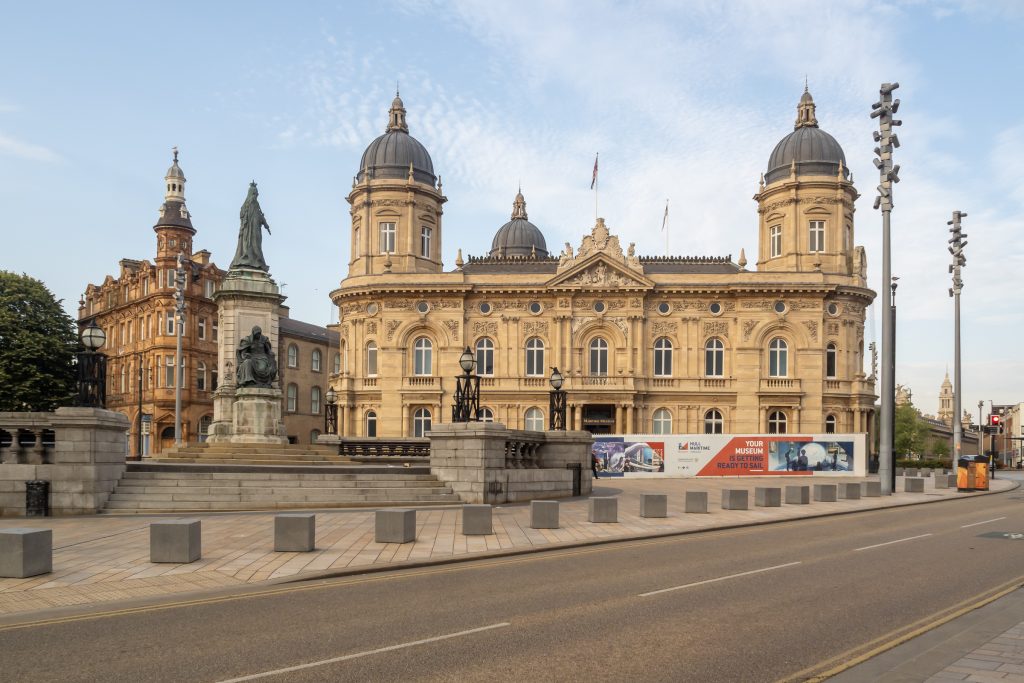
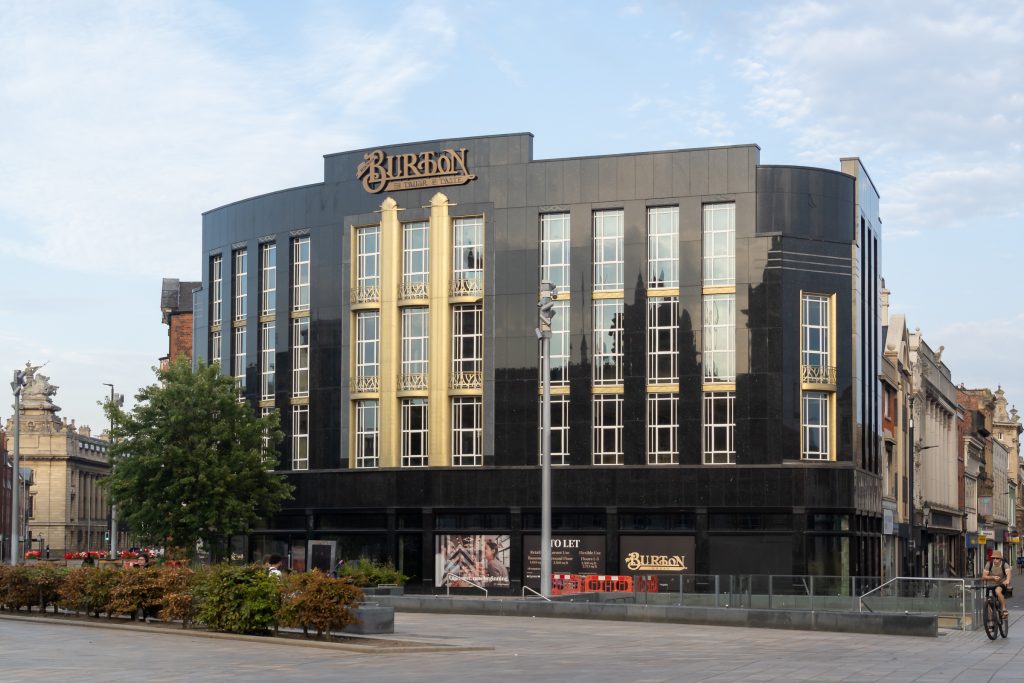
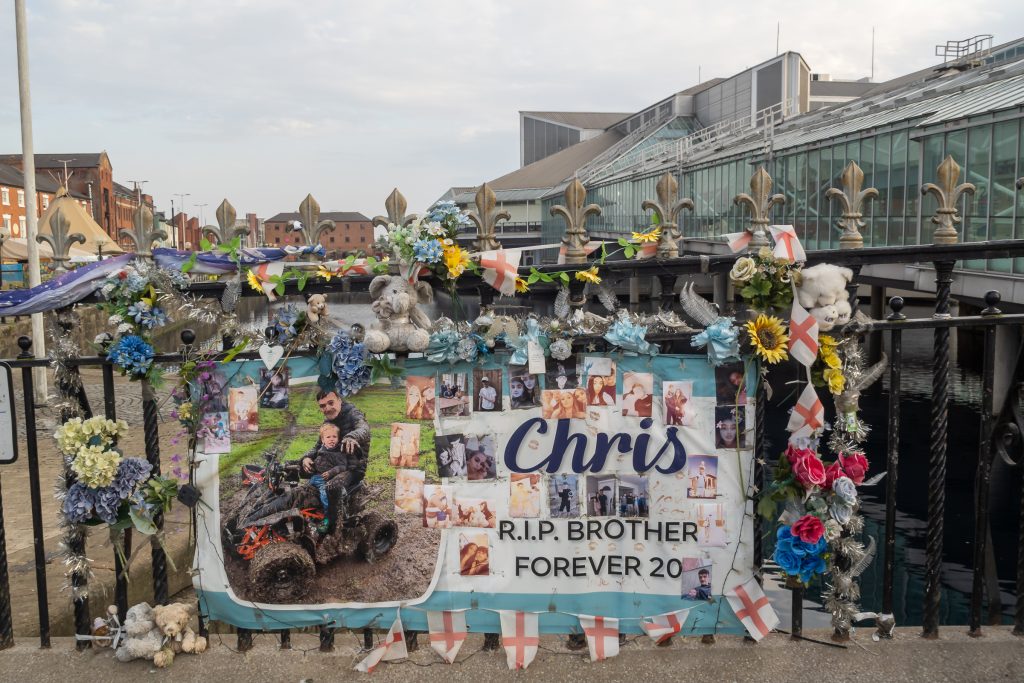
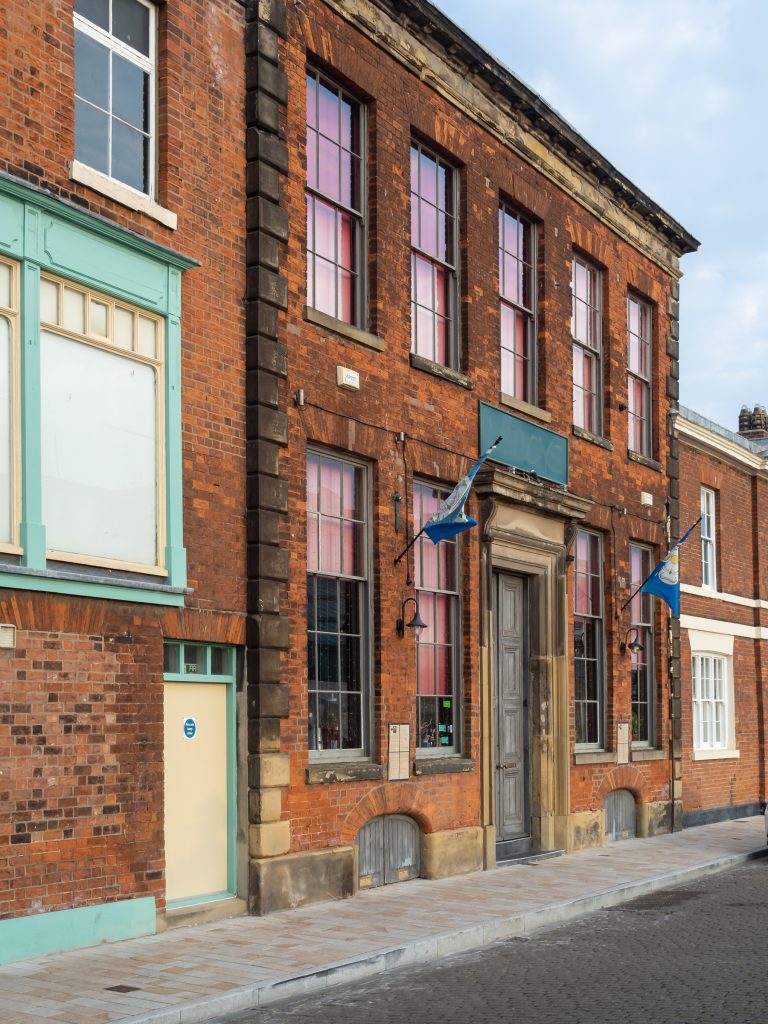
The next post will finish our walk on the evening we arrived. Later posts will include more from Hull as well as our trips to Hornsea and Beverley.
Flickr – Facebook – My London Diary – Hull Photos – Lea Valley – Paris
London’s Industrial Heritage – London Photos
All photographs on this page are copyright © Peter Marshall.
Contact me to buy prints or licence to reproduce.







